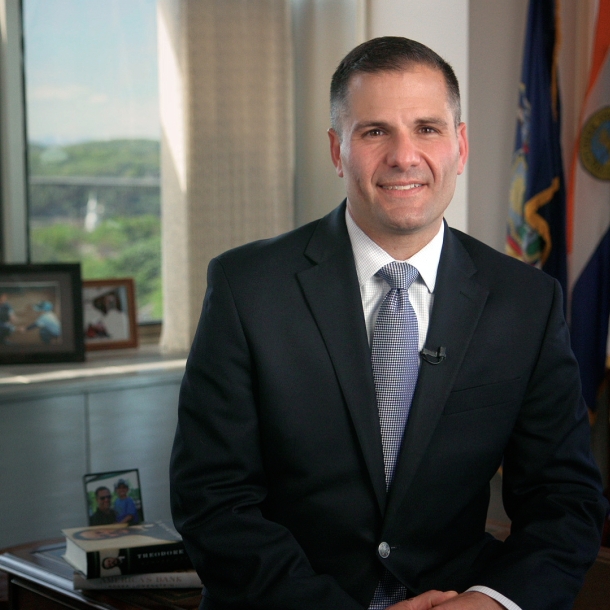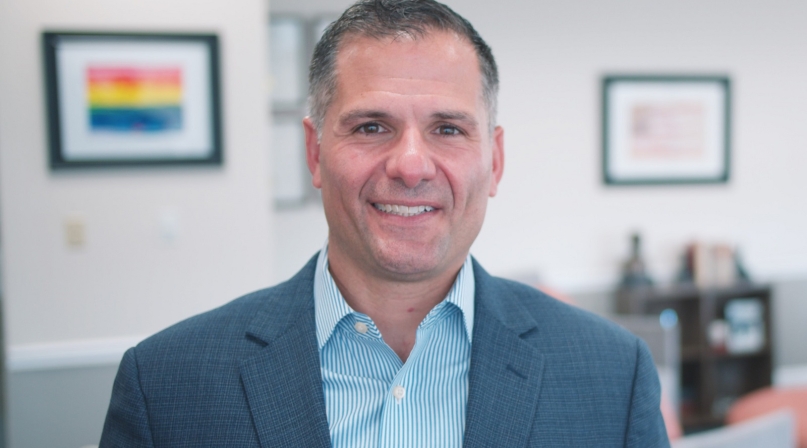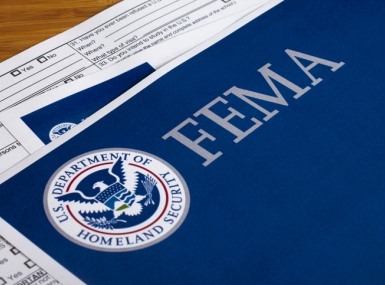COVID-19 better prepares counties for next unforeseen emergency
Author

Hon. Marcus Molinaro
Upcoming Events
Related News

Key Takeaways
Every American has been impacted in some manner by the COVID-19 pandemic; I, myself, have experienced the loss of a loved one, my father, as have hundreds of thousands of Americans. This pandemic confirmed what county governments throughout New York State — and indeed, throughout the nation — have known for years: The best, most effective governance comes from the leaders who are closest to the residents they serve. Throughout the pandemic, while mandates have been handed down from Washington, D.C. and state capitals, local governments — county governments, in particular — have been the boots on the ground, providing immediate guidance and answers to residents’ concerns.
For those of us with years of public service experience, this was not a new notion. Every county has confronted its own emergencies in the past, though nothing nearing the scope of COVID-19. Still, the lessons learned over decades — effective leadership, communication, collaboration chief being among them — well prepared county governments for this unprecedented and ever-evolving pandemic and the response it necessitated.
While governors handed down wide-reaching decisions from Albany and Austin to Tallahassee and Topeka, it was up to more than 3,000 county governments nationwide to interpret these directives, rely on their individual community’s specific needs, and put these plans into action. Decisive action on the part of county leaders to stop the spread of this novel coronavirus — whether that was suspending social gatherings, closing schools or something similar — have meant the difference between life and death. The difficult decisions made at the county level weren’t always popular, particularly as the pandemic has worn on, but county leaders had to make public health and safety their top priorities.
The need for clear, concise, and factual communication has never been more important than during this pandemic. Especially in areas where traditional media outlets have been dwindling for years, such as my own Dutchess County, the importance of keeping our community informed through social media has been elevated. In our county, for example, we innovated by conducting live online video discussions with residents once or twice a week, allowing residents to receive critical updates while allowing them to have their questions answered by local experts. Online events like these allow county leaders to broadcast live to a vast number of their constituents with just a few keystrokes — providing up-to-date information at a moment’s notice and allowing these residents to interact with their leaders, giving them a fuller sense of the situation around them and the decisions being made on their behalf.
Governors often formed the COVID policies that affected millions of residents in their states, but those chief executives were rarely — if ever — available to address the individual concerns of the residents they represent. Rather, it has been the county officials who live among the residents impacted by these actions who have brought real answers to the questions their neighbors raised. The dissemination of information at the local level, though, has only been part of the equation.
Communication among counties has seen a boon during these uncertain times, allowing county leaders to consult with their counterparts next door or across the state to collaborate and bring about their best policies for their respective communities. Every county across the country has its own strengths and weaknesses, potential threats and obstacles which make their community unique. We all, however, have good ideas that can transcend geographic borders and benefit other counties; the ability to share those solutions has been invaluable. From the first day of the pandemic, county leaders throughout New York, for example, have worked to share strategies and best practices to bring about the best outcome for their individual communities. No county has worked its way through this pandemic by itself; rather, we’ve all relied on the assistance of our colleagues in other counties to bring about a larger good.
Every county executive in New York has unique stories to tell, detailing how they responded to the challenges they face; multiply that by 50 states and the individual county perspectives on this pandemic seem endless. One thing is clear, however: Each of us will be judged on the lessons we learned during this unparalleled time. Every story is important, each perspective valuable in its own way.
Sadly, there will be another pandemic that reaches our shores; the only question is when — it might be a year, a decade or a century from now. Though we can’t predict its severity or effect, we can harken back to the lessons learned during COVID-19 and the response of our counties nationwide. County leaders throughout the United States can rightly be proud of the role they played keeping their communities as informed and safe as possible — confident in the knowledge their experiences during COVID-19 have better prepared their counties and this nation for the next unforeseen emergency.
Attachments
Related News

States file lawsuit challenging FEMA’s new rules on emergency management grants
On November 4, a coalition of 12 states filed a lawsuit against the U.S. Department of Homeland Security (DHS) and the Federal Emergency Management Agency (FEMA), alleging that recent changes to key emergency management grants are unlawful and could disrupt state and local preparedness efforts.

County Countdown – Nov. 4, 2025
Every other week, NACo's County Countdown reviews top federal policy advocacy items with an eye towards counties and the intergovernmental partnership.
FEMA bill staffers offer insights into reform effort
NACo Intergovernmental Disaster Reform Task Force heard from staffers who helped shape a bill that would make dramatic changes to the Federal Emergency Management Agency.